| In the mid-1990s, plane trees represented over 52% of the tree population managed
by the Greater Lyon Authority (GLA). In 2018, this had been brought down to 21.7%, while the overall number of species found in hard landscapes in the Lyon area had increased by 80%, with over 280 different species and 94 genres represented. This stark increase is a result of a strategic commitment to diversification. The goal set in the GLA Tree Charter is that, for trees in highways and other public hard landscapes, no single tree species should represent more than 10% of the whole. To deliver this, the GLA monitors the composition of its tree population at a strategic level. For each neighbourhood, it takes cues from the existing character of
the landscape to agree a local plant palette: this combination of species is used to help build upon and reinforce local identity, ensuring that the strategic 10% diversity goal does not result in a loss of local coherence and character. |
Effective tree protection unlocks planning consent and letting success at the Angel Building3/6/2018
|
About this LibraryThis case study library was made possible thanks to the generous support of the Arboriculture Association and Barcham Trees. Categories
All
|

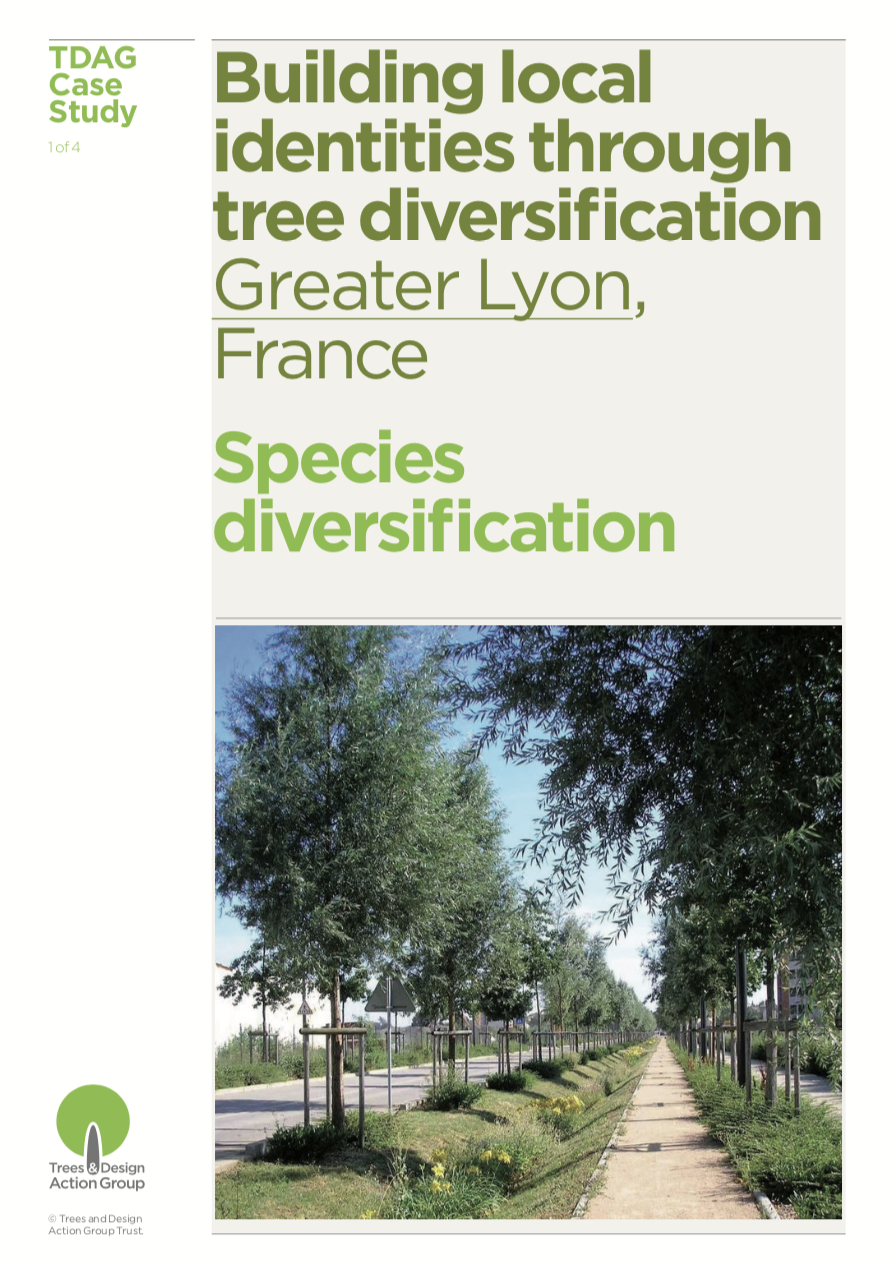
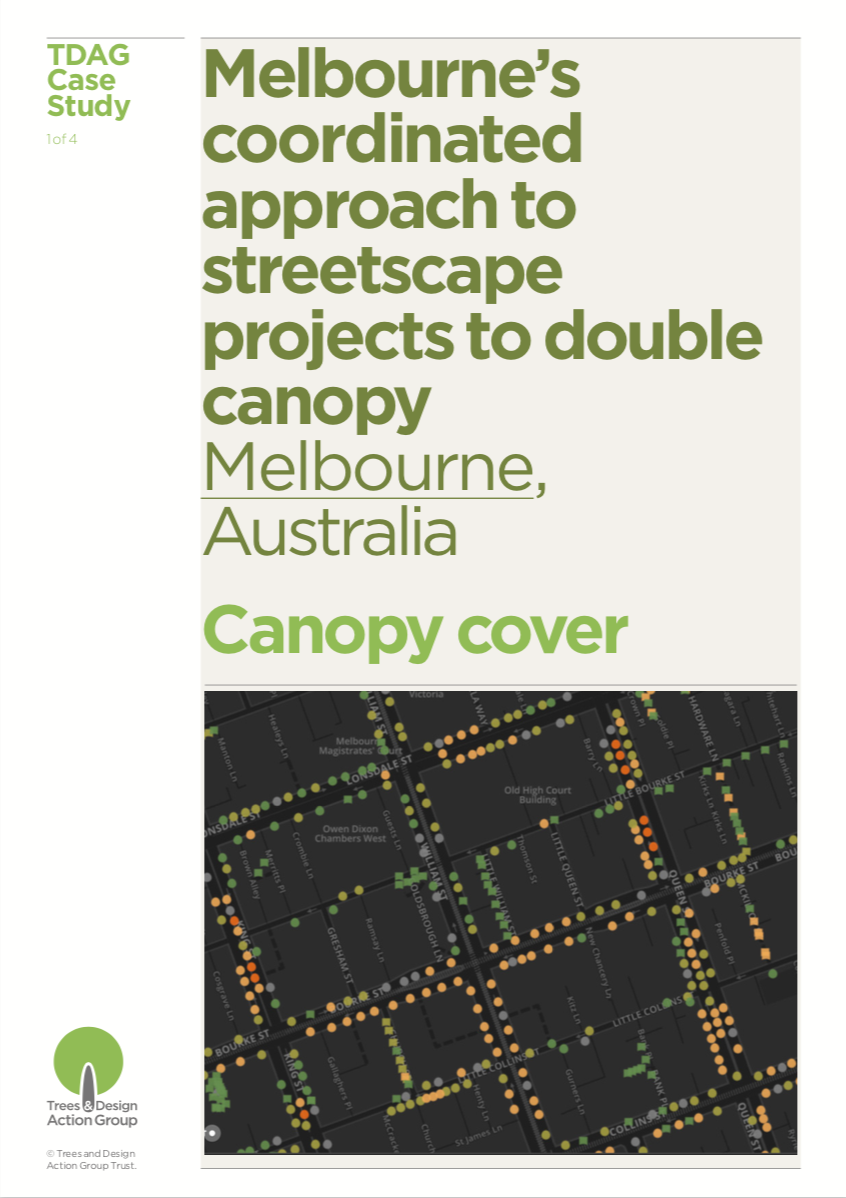

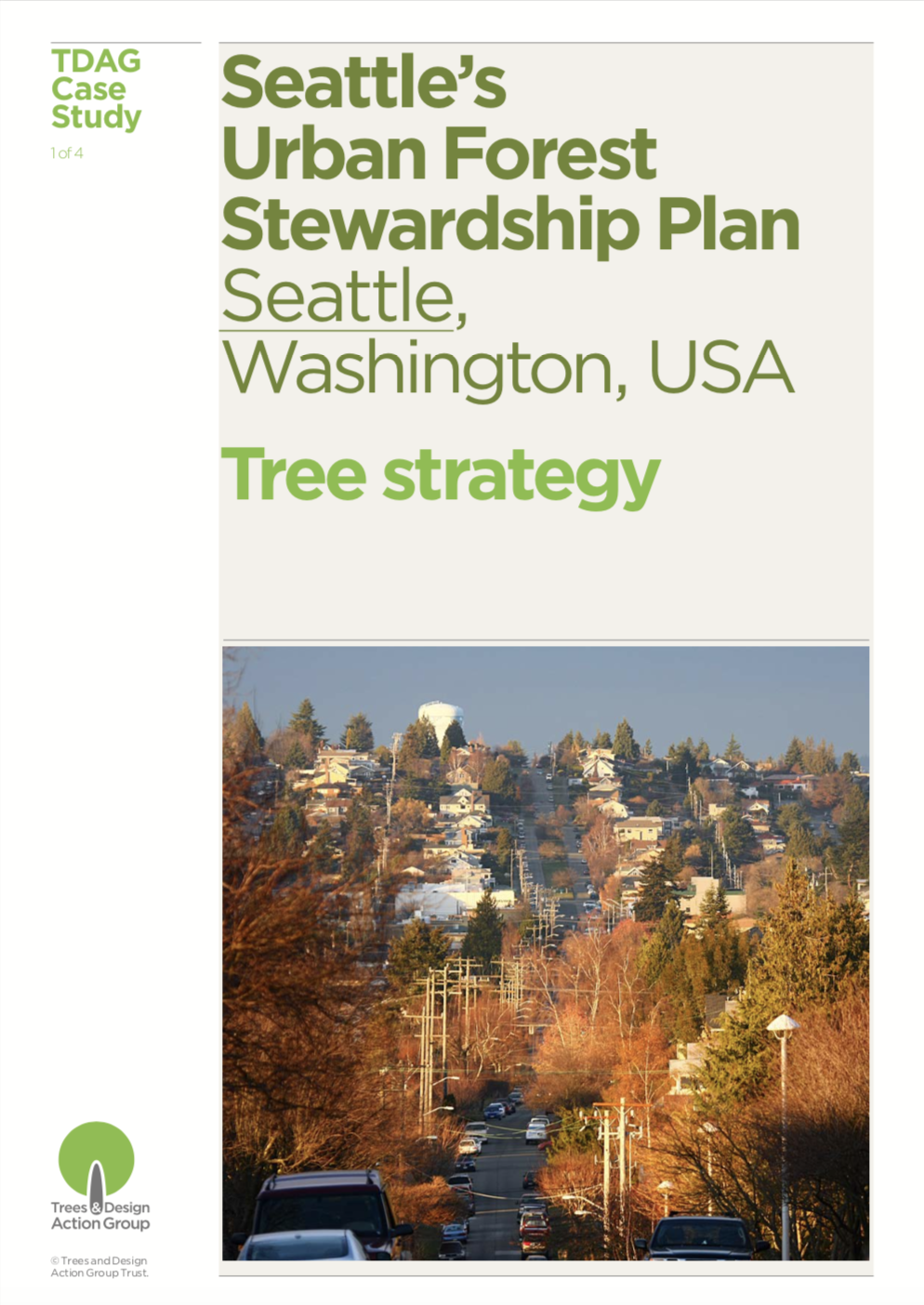
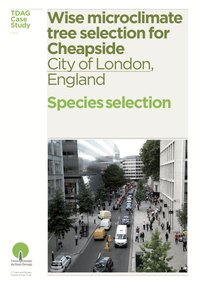
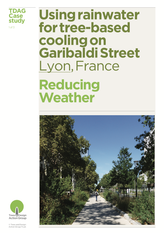
 RSS Feed
RSS Feed